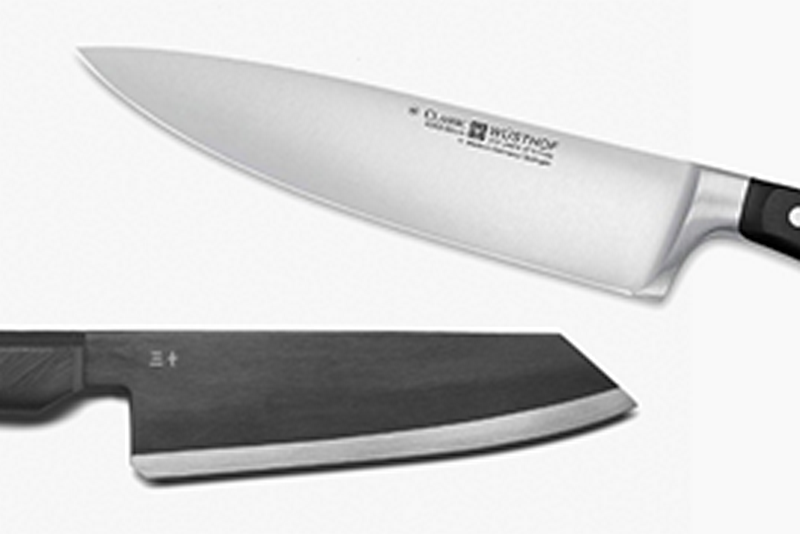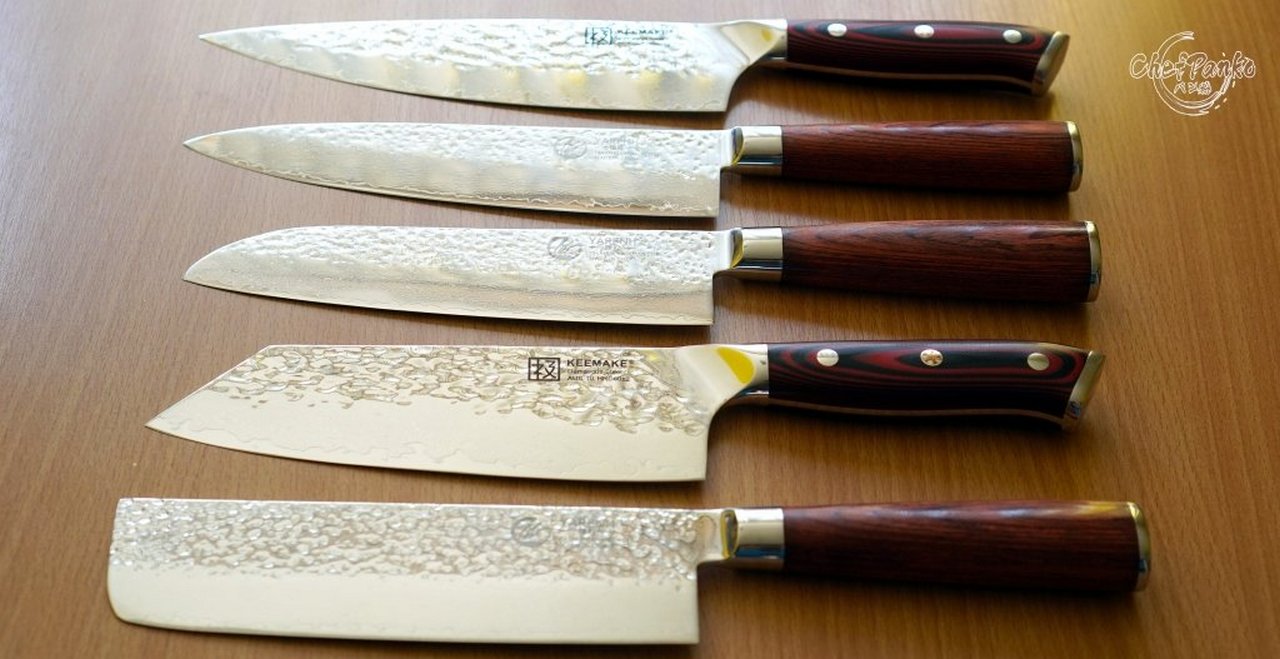In the house, the right blade is a must-have piece of machinery. With the correct blade, one should guarantee that the consistency of the product is perfect – users may hurt or blister the slice of meat you’re cutting, influencing its sensation. Be certain the food you’re slicing is evenly distributed; when each part isn’t sliced a certain manner, the tiny chunks can fry much faster than that of the larger ones. As a consequence, the meal is both underdone and inedible. Miyabi chef knife review has given other information and judgment on how to choose the perfect one.
Types of kitchen knives
Kitchen knives are classified into two types: Japanese kitchen knives being best at gentle cutting as well as precision tasks, although German knives are now the powerhouses of the home. German knives are typically sharper and larger. They are considered the most suitable all-purpose blades because they have a broad base and a chubbier appearance. German blades are capable of performing complicated tasks and can be used on joints and bones. Japanese scissors, on the other hand, are well suited to accurate slicing and slicing tasks. They’re made with narrower edges which need more care when in use.
German blades have a broader angular velocity than Japanese knives; almost all of these butcher knife packs incline 17.5 degrees. On the other hand, Japanese knives typically have a knife angular velocity of 10 to 15 degrees from each edge. It’s worth noting that the position of a blade determines the sharpness of a blade. The tighter the point, the finer the blade, and the slicing course’s closer, the smoother the slice and less likely it to hurt the product. German knives become typically tougher to make high degree precise cuts than their Japanese counterparts, based on the blade; nonetheless, these usually are thicker and durable, making them ideally suited for slicing across complex objects.

Steel blades are used in Japanese and German knives. However, metal can have somewhat unique characteristics and dimensions that can give it much more toughness, stiffness, resilience, sharpness, and so forth. Steel is a combination of carbon and iron. The sum of carbon in either sheet of metal has a clear relationship with stiffness and has an opposite relationship with toughness. Japanese serrated knives produce rather more carbon than German steel blades owing to variation in welding methods, making them better but still more brittle. Since European steel is more rigid, it can keep a point for long and doesn’t need to be honed as much as Japanese knives.

The Rockwell scale is a worldwide standard for determining steel toughness, and Japanese blades rank around 60 and 63 upon that measure, while German knives rank 57. Mostly on the ground, a better number and more considerable toughness sound much better, but hardness isn’t all. A Rockwell toughness of over 58 guarantees the smoothest surface durability, and they must be managed with diligence because they can crack and split if falling or mistreated. Knives with just a low Rockwell rating are far less prone to scratch and break, tolerate further violence, and may require additional improving and polishing.
